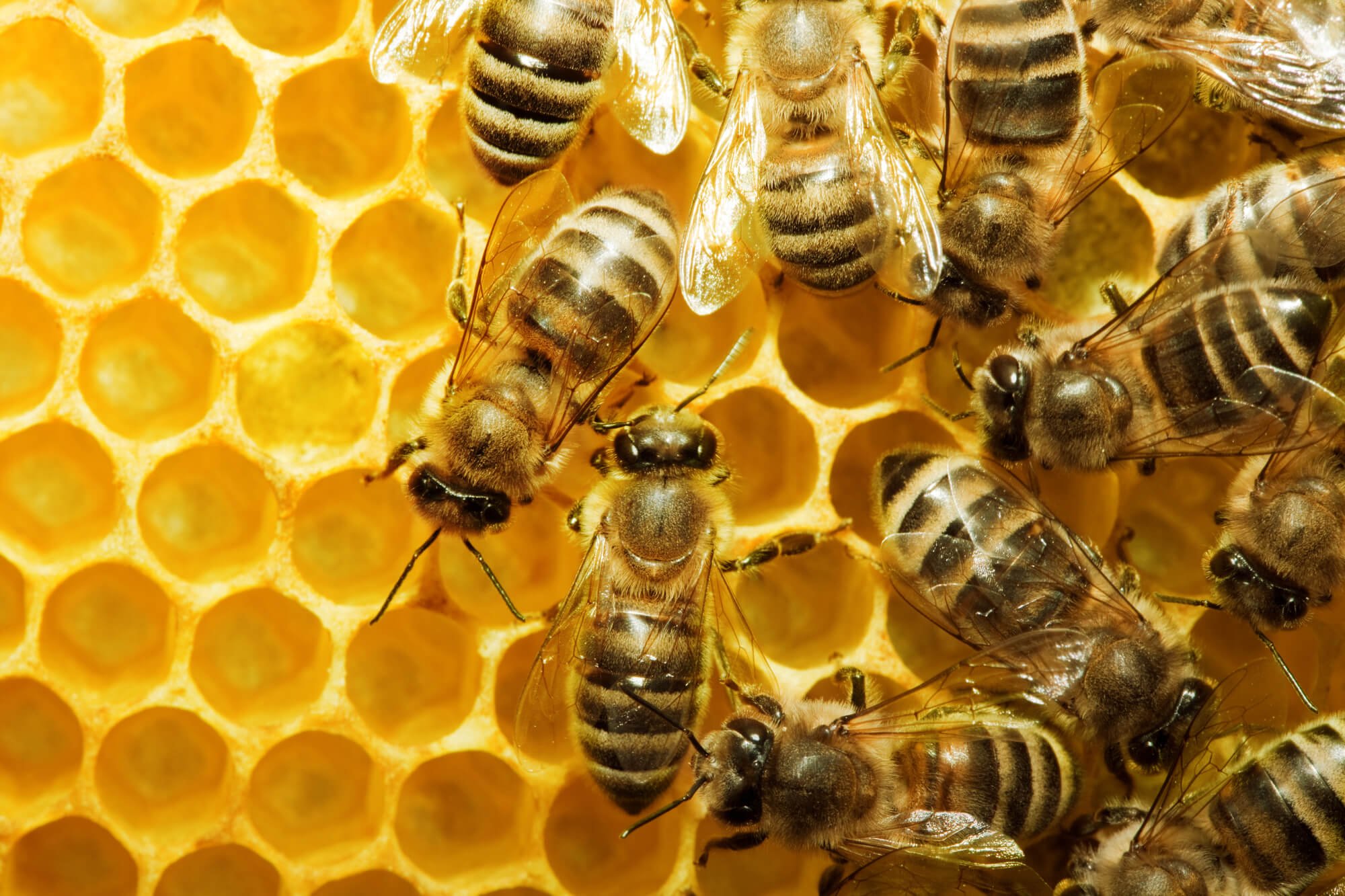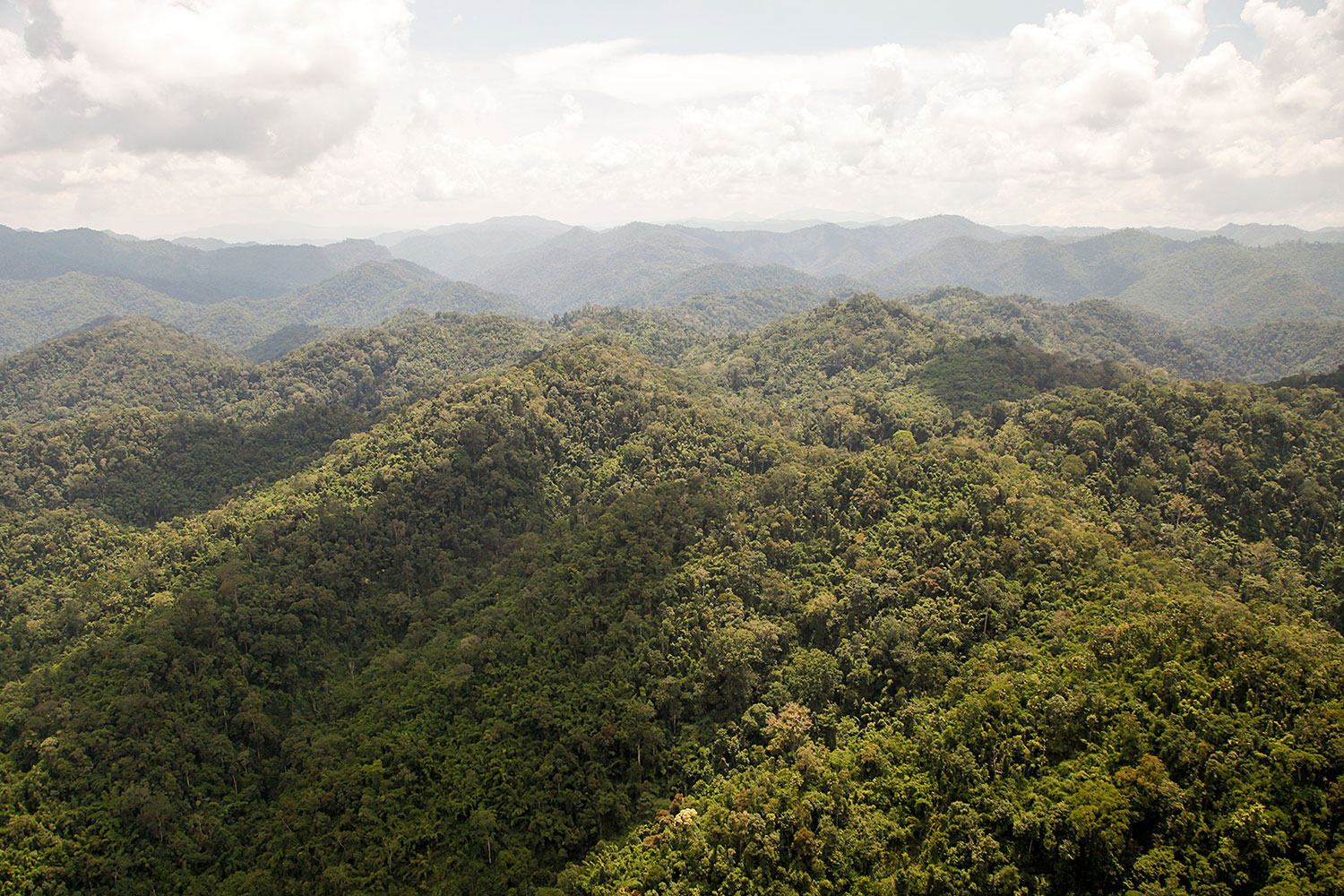The success of any forest plantation or woodlot depends largely on the adoption of appropriate technical nursery and silvicultural practices, which consist of various treatments applied to maintain and enhance their utility for any purpose. These practices include: choice of species including seed source, method of regeneration, site preparation, initial spacing, planting, tending (i.e. weeding, pruning and thinning) and site management for the following rotation. Appropriate and timely silvicultural practices determine the pattern and quality of crop development thereby modifying both the quality and the quantity of end products. It is this effect on quality and quantity of the final wood products that makes silvicultural practices important in forest management.
Among the essential requirements for a vibrant and competitive commercial forestry sector is that nusery operators and tree growers of all scales – public and private – use the best possible planting materials and apply best practices to maximise the productivity and quality of plantations and woodlots. As wood markets in Tanzania continue to develop and demand quality wood products, it will be those tree growers who apply best practices that will be well placed to benefit most.
These Forest Plantation and Woodlot Technical Guidelines were prepared to provide information on best silvicultural practices for three commercial plantation tree species grown in Tanzania – Pine, Eucalyptus and Teak. The intended audience includes large and small tree planters, extension agents and whoever is engaged in preparing training materials on commercial forestry. As such, the guidelines are intended to be used as a technical base for preparing other extension, teaching and management materials.
Click to download guidelines: Forest Plantation and Woodlot Technical Guidelines (Swahili Version)
Forest Plantation and Woodlot Technical Guidelines (English Version)




